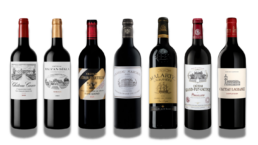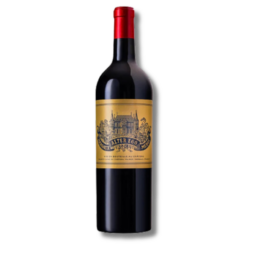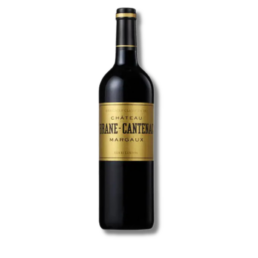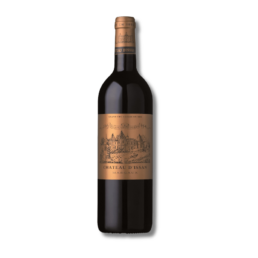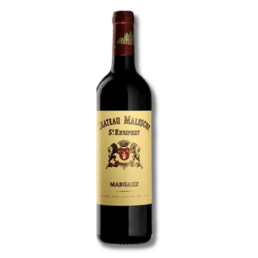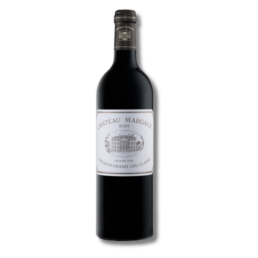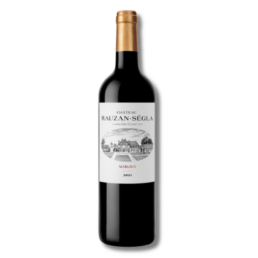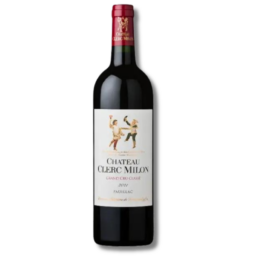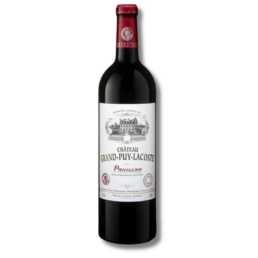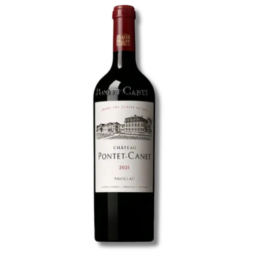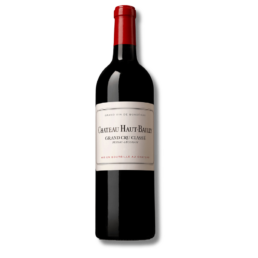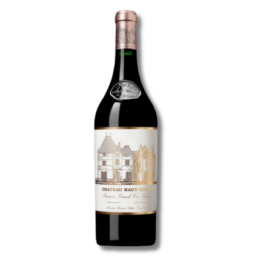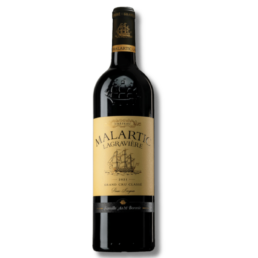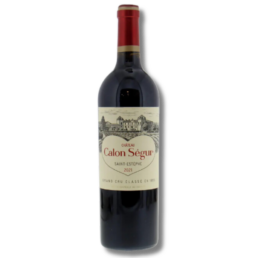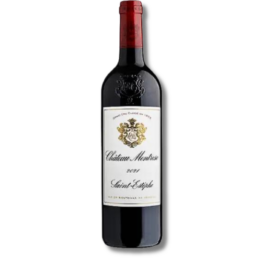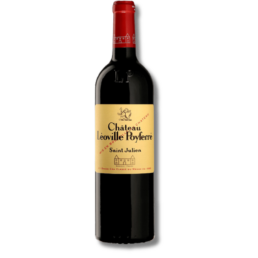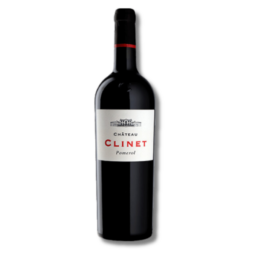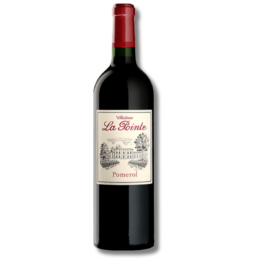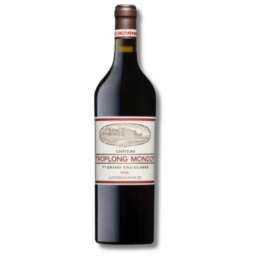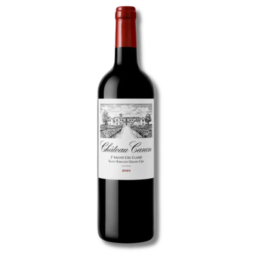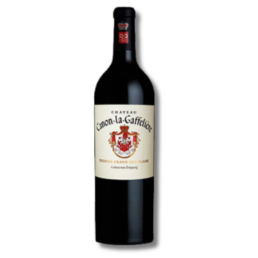LEFT BANK BORDEAUXS
The Left Bank is home to all of the official 1855 Classified Bordeaux wines, with eight appellations producing fine wines in an area referred to as the Medoc. In total, there are 13,77 hectares planted with vines here. Cabernet Sauvignon grapes are the dominant variety here, followed by Merlot.
MARGAUX
Bordeaux Margaux wines tend to be deep ruby in colour, perfumed and floral, particularly with notes of violets and lilacs, and soft silky tannins. Less masculine and powerful than wines from other regions, Margaux wines are typically more refined and elegant.
Margaux is the furthest south appellation in the Medoc and boasts many soil types, including limestone, chalk, clay, sand and gravel, meaning style and quality of Margaux can vary dramatically. The best Margaux wines come from grapes planted on gravel soils with good drainage.
PAUILLAC
Bordeaux Pauillac wines are rich and concentrated, full-bodied with grippy tannins, and characteristic notes of cassis, cedar and cigar box spice. The best examples come from blends with a base of high-quality Cabernet Sauvignon and are often considered the quintessential example of a Bordeaux wine.
Pauillac boasts well-draining gravel soils, which in turn translates to higher quality wines; and those from Pauillac age extremely well.
PESSAC-LÉOGNAN
Blended from Cabernet Sauvignon & Merlot, Pessac-Léognan wines are beautifully balanced with fine-grained structured tannins, & exhibit classic notes of tobacco, cassis, dark cherry, leather and tar, as well as a distinctive minerality.
Pessac-Léognan also makes white from Sauvignon Blanc & Sémillon. Located within the wider Graves appellation, Pessac-Léognan boasts the regions best soils.
The wines have excellent aging potential.
SAINT-ESTÈPHE
Saint Estèphe wines (all red) are Cabernet Sauvignon dominant followed by Merlot and Cabernet Franc. Differentiating itself with a higher percentage of Merlot than other appellations, St-Estèphe has special, intriguing flavours epitomized by the only 2er cru, Château Cos D'Estournel.
This appellation is closest to the point where the Gironde estuary empties into the Atlantic Ocean, and the soils tend to be heavy and deep here, giving many Saint Estèphe wines a kind of rusticity.
SAINT-JULIEN
Situated between the widely popular communes of Margaux and Pauillac, Saint-Julien combines the elegance of the former with the boldness of the latter. All three Léoville houses are located here.
Saint-Julien offers balanced, age-worthy blends of Cabernet Sauvignon and Merlot, with deep ruby colours and notes of cassis and cedar. Depending on the producer, some styles are perfumed while others exude more power.
RIGHT BANK BORDEAUXS
While Pomerol and Saint Emilion together have roughly 6,369 hectares planted with grape vines, the entire area known as the Right Bank is much larger and more diverse, when you consider the important satellite appellations. Merlot and Cabernet Franc are the dominant varieties from the Right Bank.
POMEROL
Pomerol wines are rich, decadent reds with notes of chocolate, dark cherry, plums and spice, soft tannins and elegance courtesy of the Merlot grape. The most lush - and expensive - wines come from a plateau of clay, gravel and iron, while lighter more acidic wines come from the regions sandy soils.
The Pomerol appellation is the smallest of all in Bordeaux and has no classification system. It is adjacent to St Emilion and its boundaries are defined a unique soil structure of blue clay – Merlot grapes thrive on this iron-rich clay.
SAINT-ÉMILION
Made primarily from Merlot and Cabernet Franc, Saint-Émilion wines tend to have a rich, mouth-drying tannic structure, which is balanced by the more juicy characteristics of plum and black cherry fruit, along with chocolate and sweet spice, developing savory tobacco and cedar characteristics with age.
The best Saint-Émilion wines will exhibit a terrific mineral vein, the result of vines being planted on the regions limestone escarpment. Vines planted on sandy soils tend to produce grapes that make lighter styled wines.


